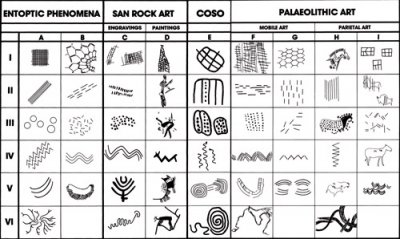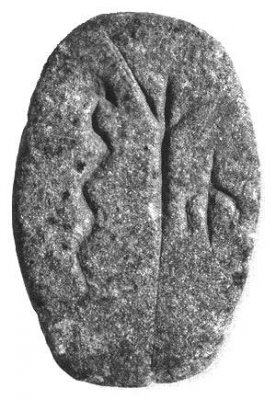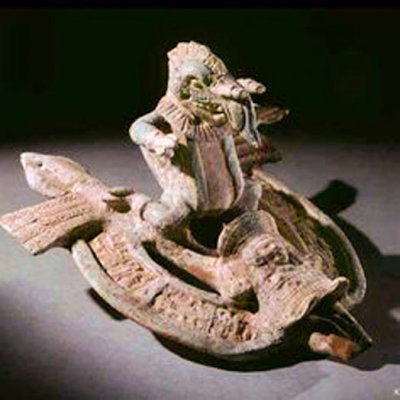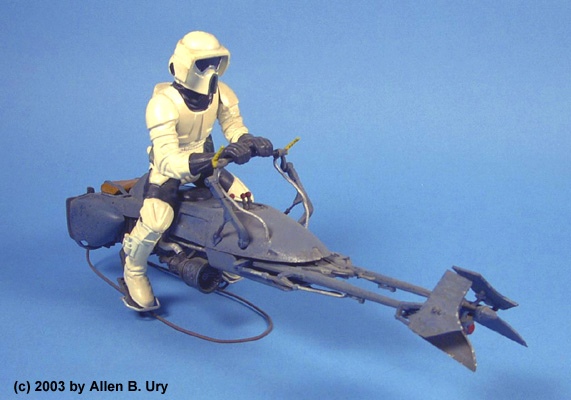By this, do you mean that archaeologists have failed to find any detrirus from food / bonfires / corpses? And therefore interpret it as having been solely a ceremonial/sacred place, being seen as bereft of domestic evidence?
I wonder to what extent this could be, because it is such an ancient site? Ephemeral non-fossilised by-products and biological markers will, of course, not stay around like stone.
Equally: if the site is still to be completely researched, what's to say there isn't a smoke-lodge/longhouse/tented clearing just about to be discovered? The owners may have inhabited it neatly&reverently....after all that ancient effort, why would they do otherwise?
Actually, you'd be amazed how long that stuff sticks around.
Accidentally preserved sites predating Gobleki give evidence of it, and of course such detritus is present in many sites that post date it.
It would require scrupulus cleaning that isn't shown anywhere else. Even in other holy places.
You also have a problem in that there were no domesticated crops or animals yet, in fact their arrival coincides with the end of the sites use.
There is some evidence, as I recall, of some purposeful seed scattering of food plants. But this wouldn't have made for reliable yoelds to supoort large groups of people.
Also as I recall there is evidence of a small living site, which was theorized to be used for caretakers of the site when the tribes utilizing it had left for the season.
Both of these are from memory, though. It's hard to dig up the information online, and unfortunately my ex decided to get rid of some of my journals before she went back to Kentucky.
There are other sites of habitation that predate or were contemporaries of the site and were in the area and one I know had similar pillars as we find at Gobekli, though they were smaller in size.
These were semi-permanent, though. As the seasons changed and animals moved and the plants died back the people living there would move to follow until the seasons changed again.
There just wasn't enough reaources at the time to make a permanent place to live feasible.
So why make the site?
Stonehenge would be another example where initially no one actually lived there, but it was used for ceremonies around the seasons.
There is evidence there of a lodge that housed people as it was built, but the main site itself wasn't a city or major living area, though in later times it got used in different functions.
And it's important to note that Stonehenge was partially religious and ritual, and partially practical for tracking the seasons.
Now it might be that they find a living quarters on the site, which opens more questions about food and resources. Which would be great.
But we run into trouble. Every culture and civilization makes trash. Broken tools, broken weapons, food waste. We do find evidence of tool work there, pieces from stone broken off and tools left.
Moxed into the backfill is bits of bones and charcoal.
Theres no evidence of middens, the other tells seem to contain structures, yes, but trash disposal of large groups of people as well as getting them food and clean water and sanitation is a large concern.
If we can find a way they would have had access to large amounts of food and water, and their trash pits, then we have evidence of long term inhabitation.
As it stands, we have much less than we do at those other sites I mentioned earlier.
One of the proposed suggestions for the use of the site is simklar to Zoroastrian traditions of sky burials, where the bodies are left in the open for animals to pick clean.
That may be a solution, it would fit that it would be a site of ceremonial and practical purpose, but we don't have any remains yet.
And it may be if we want to find them we'd have to do damage to the site, which isn't likely.
Even exposed to the elements, over time there'd be a build up of remains at the site that would leave traces. And this site wasn't left exposed.
I thought I'd add a couple of links to other sites:
Gürcütep
Predates Gobekli, less investigated though due to being mostly built over.
Nevalı Çori
Postdates Gobekli, but shared some similarities while also have evidence of living spaces.
Then there are other ones that are still being examined, like
Sefere Tepe
The site's been under work now for more than twenty years, but that's really not much time.
Hopefully we'll see more peaceful times which will open it up more for investigation.
The big thing really is interest. Gobekli os billed as the first temple and gets the press for being unique and big. It's a very important site, a very major one. There is no way to overstate it's importance.
But it's the other smaller sites that have been found (some of which have been flooded by man made dams or built over in more recent times, or my personal fear is absolute destruction) that will give us some context to put the site into.









